27.7: Key Environment Elements- Convenience
- Page ID
- 142391
Convenience
Organizing the environment so adults, infants, and toddlers can easily access play materials helps infants and toddlers realize they can do things on their own. It empowers children to try out ideas and use new materials. When organizing for easy use, think about storing similar materials together. Similar materials are things that go together or are necessary for certain activities. For example, baby dolls could be stored near blankets or other dramatic play items like play dishes and spoons. Soft blocks could be stored near objects like nesting cups or stacking rings so that infants and toddlers can combine these materials in their exploration.
For example:
- Storing books on a shelving unit that allows children to see the entire front covers may ignite greater interest in reading and make it easier for children to choose a book that sparks their interest.
- Storing simple wooden puzzles on a puzzle rack makes it easier for children to select a puzzle and return it to its place when they finish playing.
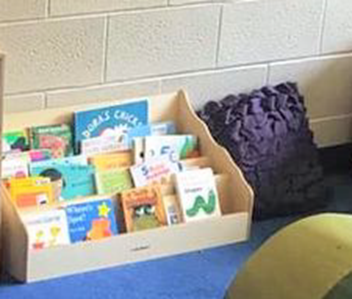
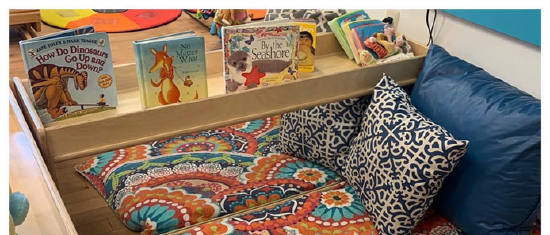
Storage types, including bins, baskets, and containers, affect how easily children can access materials and put them away.
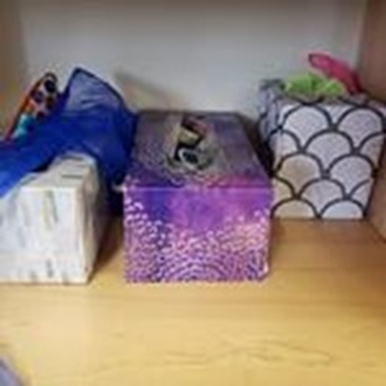
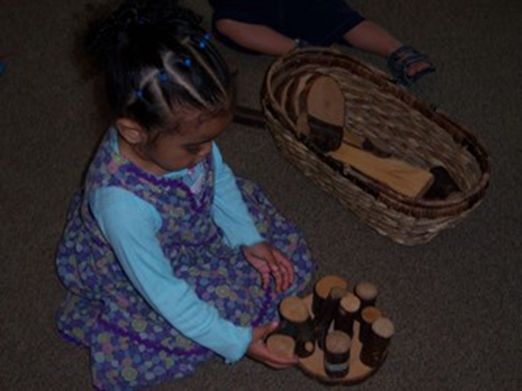
Storage bins should be without lids for any materials children need to access themselves. They should be made of lightweight material (e.g., plastic vs. metal) and not too large or too heavy so that children can handle them independently. Clear plastic bins allow children to see the materials inside easily. Use containers that are large enough to accommodate materials without tipping over. Baskets should be free of anything that could poke or scratch children and woven tight enough so the contents cannot fall out through the holes.
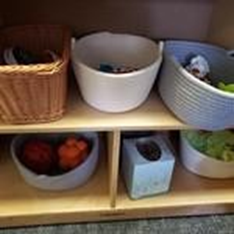
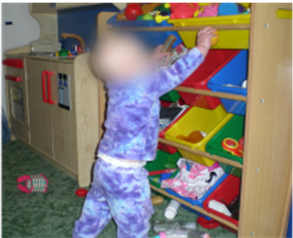
Storage space for adult personal items (e.g., purse, coat) may help reduce safety concerns of both parents and caregivers. If possible, caregivers should have a quiet area (e.g., lounge) to spend breaks and recoup their physical and emotional energy. Such space can also be used for private conversations between caregivers and parents. (The Ohio State University for the US Department of Defense’s Office of Family Policy/Children and Youth, 2021) Some environments might be limited in space: program managers and caregivers will need to think creatively about storage space for personal belongings or areas to recuperate.
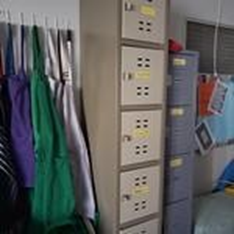
[1] Infant Environment by Jennie Powell is used with permission
[2] Infant Environment by Above & Beyond Child Care and Education Center, MI is used with permission
[3] Image by Amanda Taintor is licesned CC BY-NC

